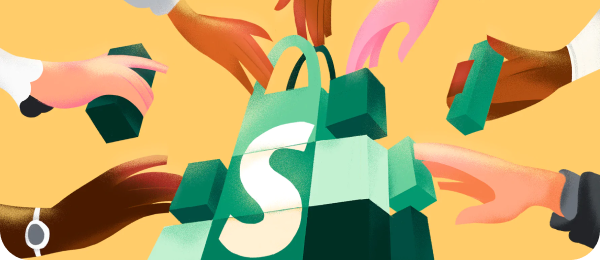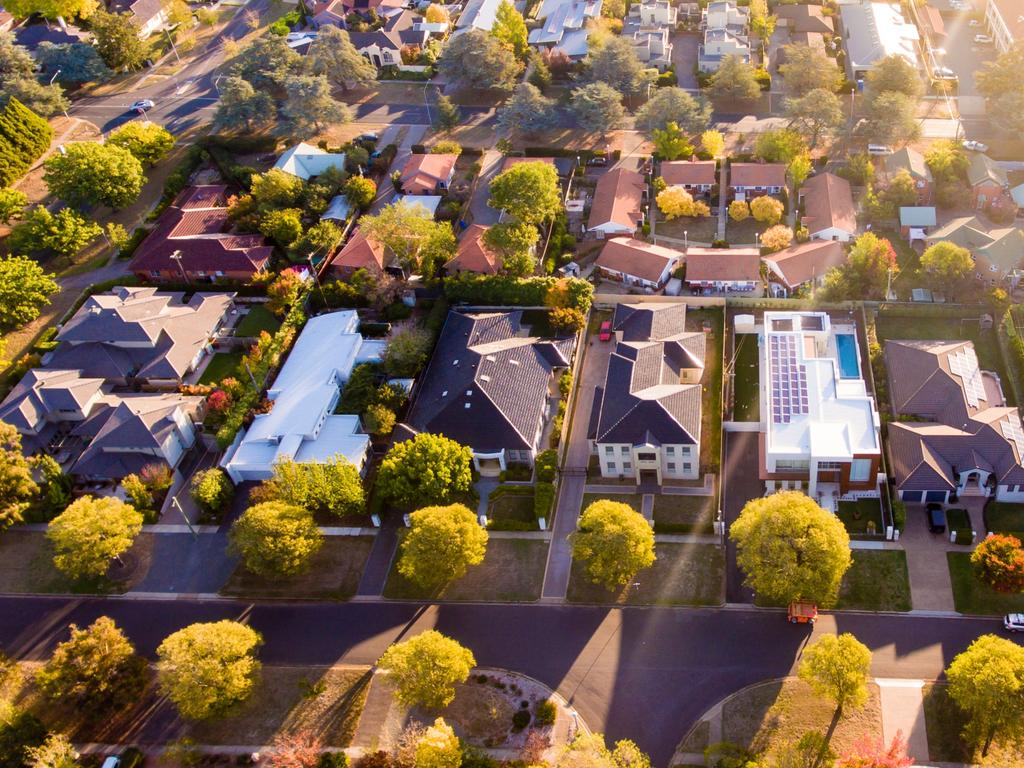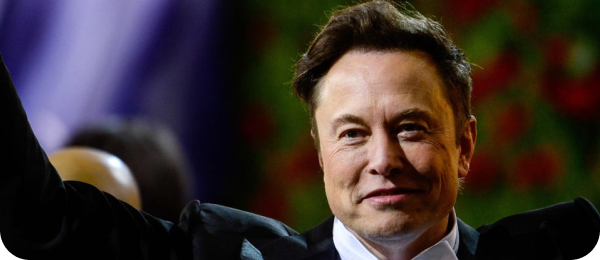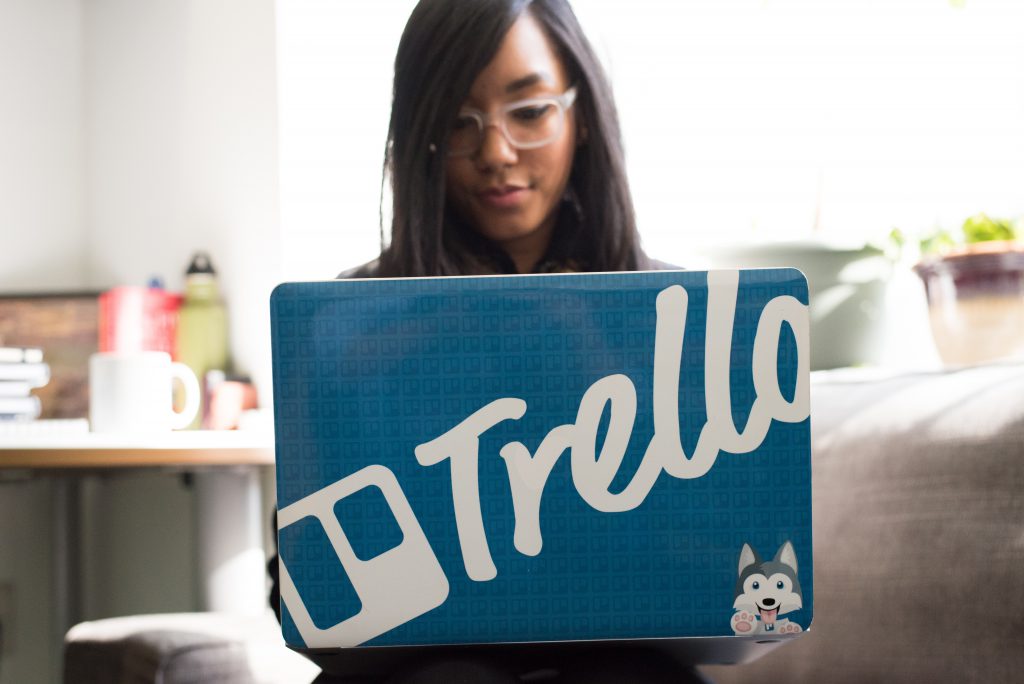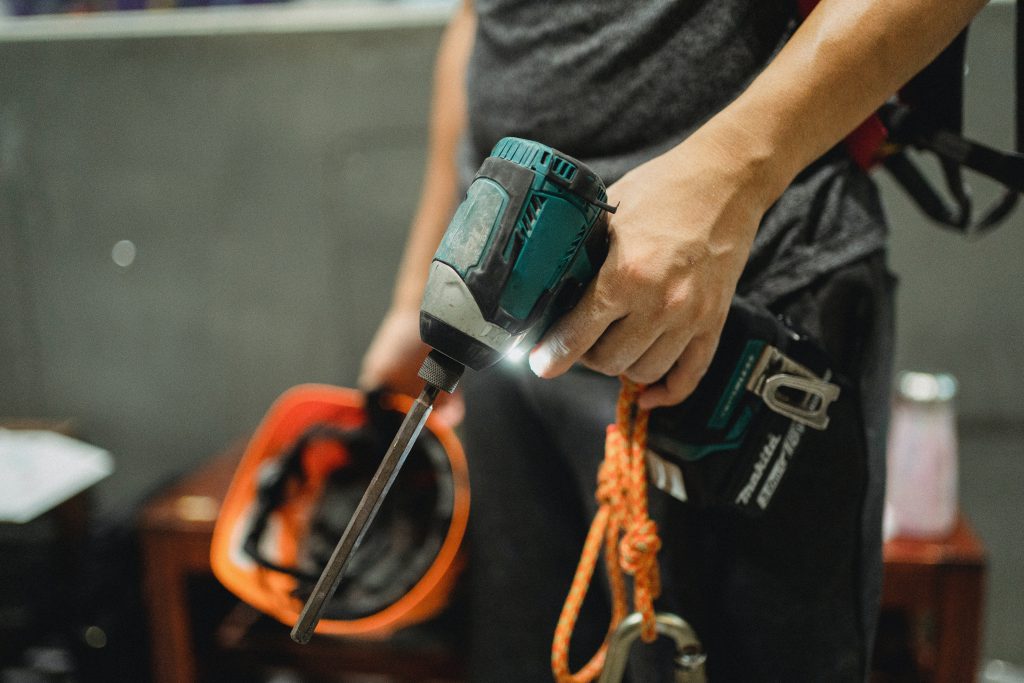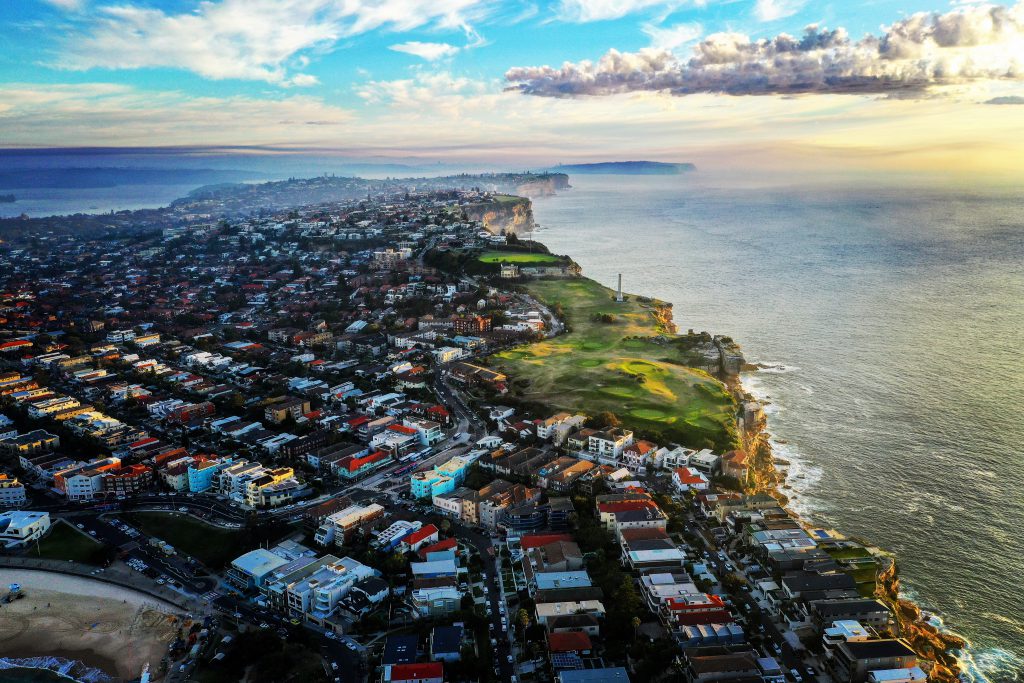Scan this article:
While rare earths are required to build all kinds of tech, few meaningfully appreciated the minerals’ worth before Lynas. It was only when China threatened to cut off supply to the United States did the ASX miner’s value come into full focus. But now rare earths are firmly in the spotlight and Lynas is in the driver’s seat. Read more below.
The origins of Lynas
Originating as an Australian gold miner in the 1980s, Lynas decided at the turn of the century to sell off its assets and go after something a lot more interesting.
The opportunity it spied was rare earths, a group of minerals absolutely essential to some of our most in-demand technology. From phones and fighter jets to electric vehicles and wind turbines, rare earths could loosely be described as the building blocks of the future.
Uniquely in Australia, Lynas could see which way the wind was blowing (excuse the pun) even twenty years ago and understood a crucial dynamic in this particular mining niche. China might control much of the world’s supply of rare earths but Australia boasted some of its best deposits.
As China’s economy grew along with its international assertiveness, it began to bump up against its geopolitical rivals. In 2011, it threatened to shut Japan off from the global supply chain over a trade dispute.
A similar standoff emerged with the United States almost a decade later. Neither threat was ever followed through on but it underlined China’s willingness to weaponise its quasi-monopoly.
As policymakers throughout the western world began to understand this, operations free of Beijing’s control began to look very attractive. By the time Washington had woken up to this fact, Lynas had already built itself into the largest rare earths producer – and the only one with scale – outside of China.
The opportunity
When it comes to rare earths, the geopolitics at play can’t be ignored. But while they may have positioned Lynas and others as a vital hedge against China, the demand side of the market is just as important.
Rare earths, encompassing futuristic sounding minerals like dysprosium, are necessary to build a whole range of essential technologies.
Neodymium and praseodymium flow into magnets used in electric vehicle (EV) engines and mobile phones. Lanthanum builds magnets, lasers, x-rays and lamps, strengthens steel, and helps conserve energy. Up to 15 kilograms of the stuff are needed to make the Toyota Prius run with future models to demand twice that. Those are just two of the minerals Lynas digs up and refines.
That’s just consumer tech, with a single fighter jet requiring more than 400kgs of rare earths. In short: whether building war machinery or renewable energy, the mineral group is in hot demand.
It’s why the Pentagon has enlisted Lynas to help it build a $184 million separation processing plant. It’s why Lynas crowds ‘critical mineral’ lists compiled from Canberra to Washington. And it’s why Lynas, after two decades of quiet expansion, finds itself holding something everyone wants in a market with very few “friendly” suppliers.
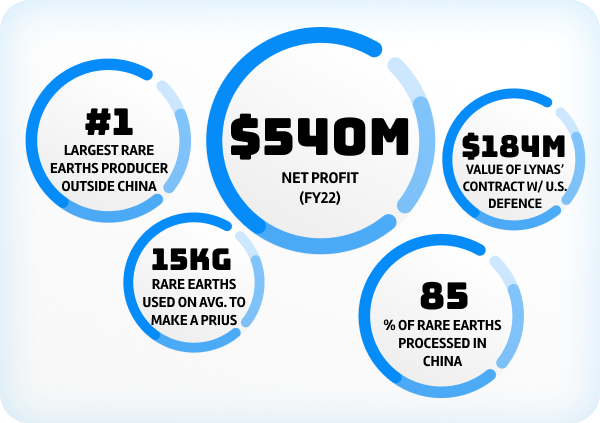
The challenge
As far as first mover advantages go, Lynas certainly has one. It has a multi-decade head start even as a range of new operations look to get up and running. But make no mistake they are coming.
On the ASX, Iluka Resources is pushing outside of mineral sands to build “Australia’s first fully integrated rare earths refinery”. Arafura and Hastings meanwhile lead a group of emerging explorers slowly building out their own projects while others like Northern Minerals have been running “pilot” mines for years.
As the spotlight burns on the market opportunity however and serious government money finds its way in, there are also an increasing number of overseas producers looking for a piece of the action.
A range of Canadian companies such as Ucore want to guarantee North American supply while others look to diversify into the growth market.
Even further afield, the enormous discovery recently made in Turkey emphasises another inconvenient truth: rare earths are anything but rare. While they rarely present in the earth’s crust in a way that makes mining them easy or commercially viable, future discoveries could help threaten Lynas’ dominant market position.
The location of Lynas’ processing plant in Malaysia proves another risk. The company has previously butted heads with the Malaysian government over its facility and the by-products, raising environmental, political and ethical risks.
Just as concerning is the propaganda war Lynas now faces, as social media bots out of Beijing look to muddy the miner’s reputation and diminish any challengers.
The future of Lynas
Yet the fundamentals of Lynas look strong. The company is one of the largest producers of a group of resources in deep – and growing – demand. It has strategic advantages over (Chinese) market leaders and a major head start on much of the field.
Rising commodity prices and a hungry market helped Lynas mint a $540 million net profit last year, up from $157 million the year prior. It has put most of that figure to work expanding capacity at its Mt Weld facility to extend its lead even further.
As the demand for EVs, green energy, phones, consumer electronics and other tech grows, the miner insists it’s just getting started.
Superhero does not provide financial advice that considers your personal objectives, financial situation or particular needs. Any advice provided is intended to be of a general nature only.

Become a part of
our investors' community
Why you should join us:
- Join free and invest with no monthly account fees.
- Fund your account in real time with PayID.
- Get investing with brokerage from $2. Other fees may apply for U.S. shares.
Read our latest articles
Make knowledge your superpower and up your skills and know-how with our news, educational tools and resources.









